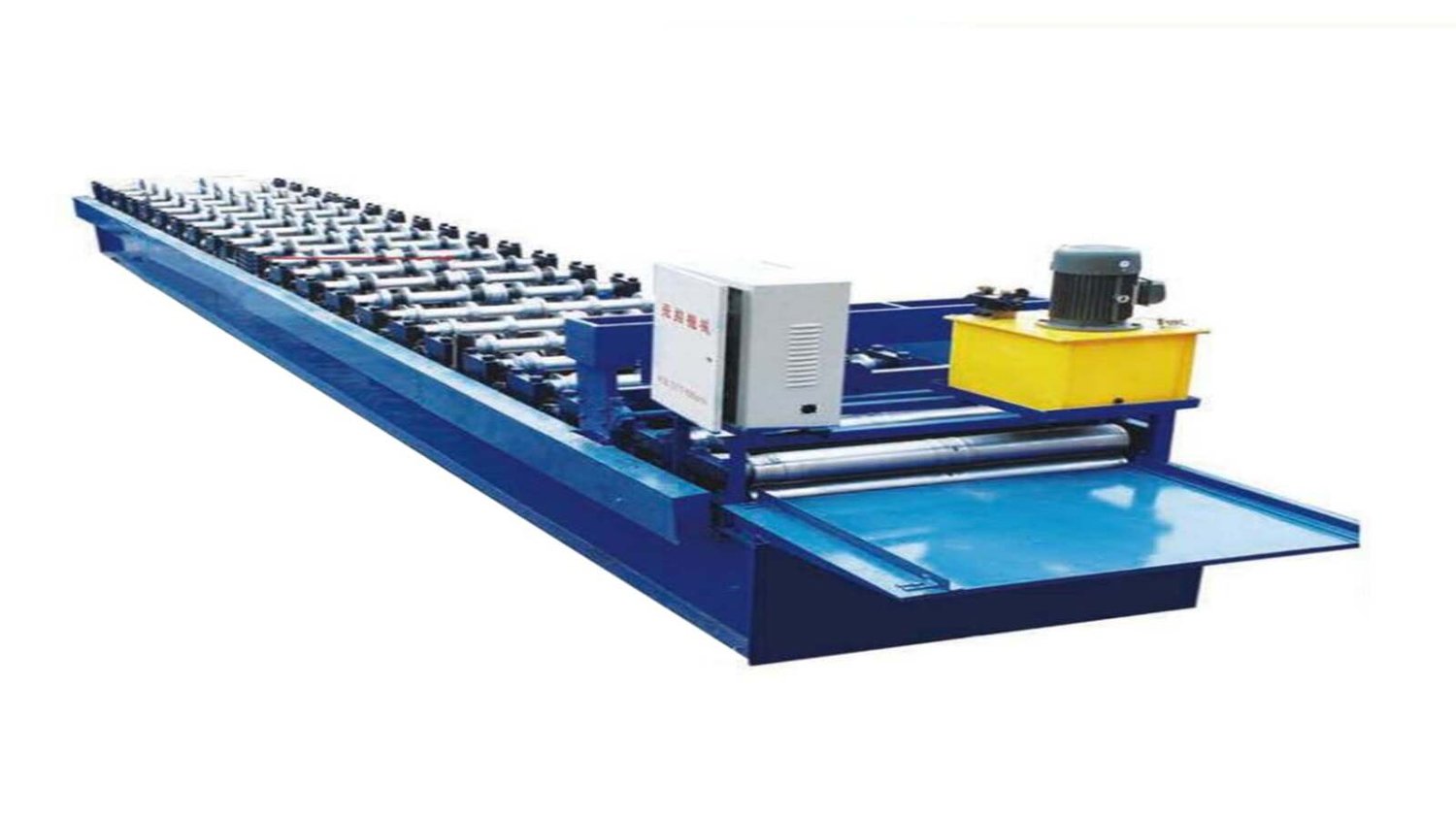A roll forming machine is a piece of equipment used in manufacturing to shape metal sheets and coils into specific profiles. It consists of a series of rollers that gradually bend the metal into the desired shape. These machines are commonly used in industries such as automotive, construction, and appliance manufacturing.
How Does a Roll Forming Machine Work?
Roll forming machines work by passing a metal strip through a series of rollers that gradually bend the material into the desired shape. Each set of rollers is designed to make a specific bend or curve in the metal, with the final product being a continuous piece of formed metal with a uniform cross-section.
Benefits of Using a Roll Forming Machine
There are several advantages to using a roll forming machine in manufacturing. These machines are highly efficient, with the ability to produce large quantities of formed metal quickly and accurately. They are also versatile, allowing for a wide range of profile shapes to be created. Additionally, roll forming machines produce a finished product with a smooth surface finish and tight tolerances.
Types of Profiles Produced by Roll Forming Machines
Roll forming machines can produce a wide variety of profiles, including C-channels, Z-channels, hat channels, and U-channels. These profiles are used in a range of applications, from framing and structural supports to trim and decorative elements. The versatility of roll forming machines makes them an essential tool in many manufacturing processes.
Key Components of a Roll Forming Machine
The main components of a roll forming machine include the entry and exit guides, the roll forming stands, the drive system, and the cut-off press. Each of these components plays a critical role in the operation of the machine, ensuring that the metal is formed correctly and efficiently. Regular maintenance and upkeep of these components are essential to the continued performance of the machine.
Advancements in Roll Forming Technology
In recent years, there have been significant advancements in roll forming technology. Machines are now equipped with computerized controls, which allow for greater precision and consistency in forming metal. Additionally, some machines have the ability to change profiles automatically, reducing setup times and increasing production efficiency.
Considerations When Choosing a Roll Forming Machine
When selecting a roll forming machine for your manufacturing operation, there are several factors to consider. These include the required profile shapes, material thicknesses, production speeds, and budget constraints. It is essential to work closely with a reputable manufacturer to ensure that the machine meets your specific requirements.
Common Applications of Roll Forming Machines
Roll forming machines are used in a wide range of industries and applications. They are commonly used in the production of automotive components, building materials, appliance parts, and storage systems. The ability of roll forming machines to produce complex profiles with high precision makes them an invaluable tool in modern manufacturing processes.
Maintenance and Troubleshooting for Roll Forming Machines
Proper maintenance is essential to keep a roll forming machine running smoothly. Regular inspections, lubrication, and adjustments can help prevent breakdowns and ensure consistent production. In the event of a malfunction, troubleshooting techniques can be used to identify and resolve the issue quickly, minimizing downtime and maintaining productivity.
Future Trends in Roll Forming Machine Technology
As technology continues to advance, we can expect to see further innovations in roll forming machine design and functionality. Enhanced automation, improved energy efficiency, and new material capabilities are just a few of the trends that are likely to shape the future of roll forming technology. Manufacturers that stay current with these developments will be well-positioned to meet the evolving needs of the industry.
Quote Inquiry
Contact us

